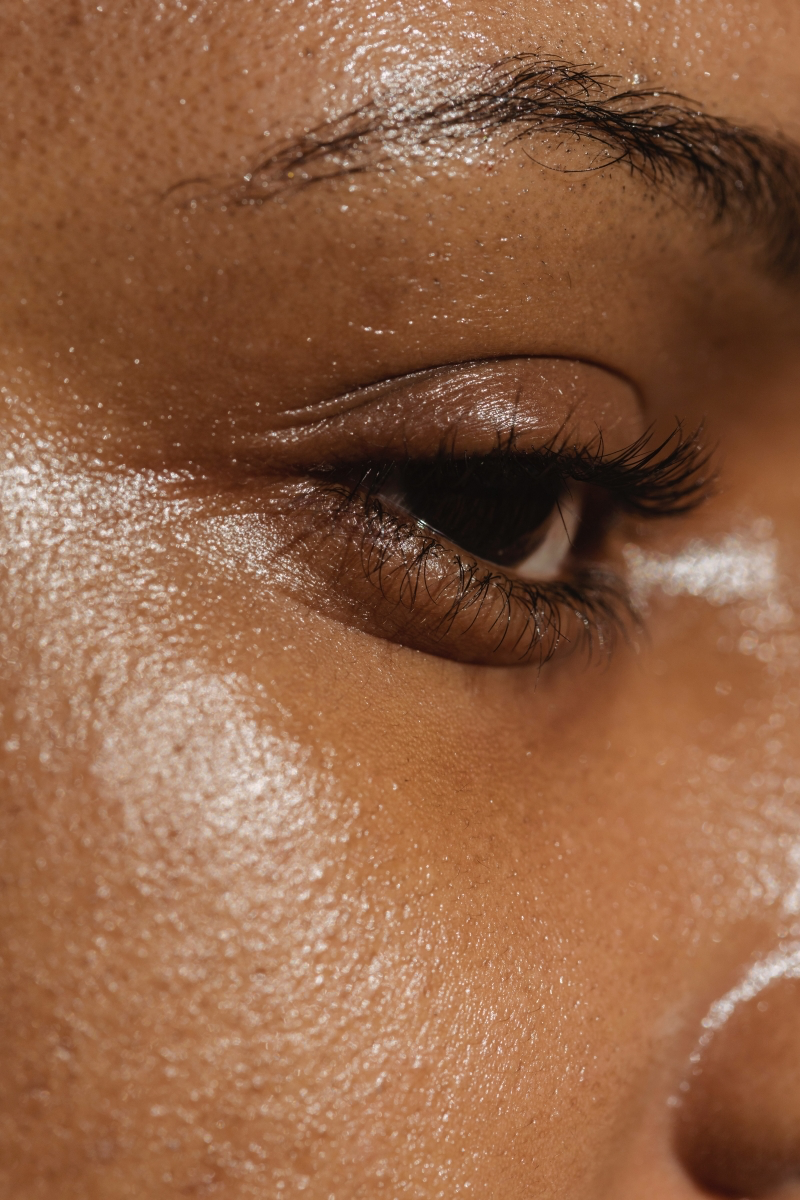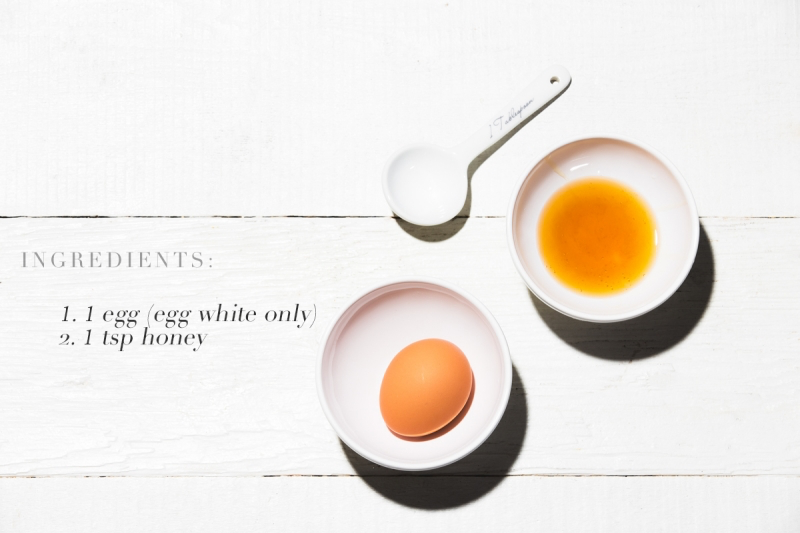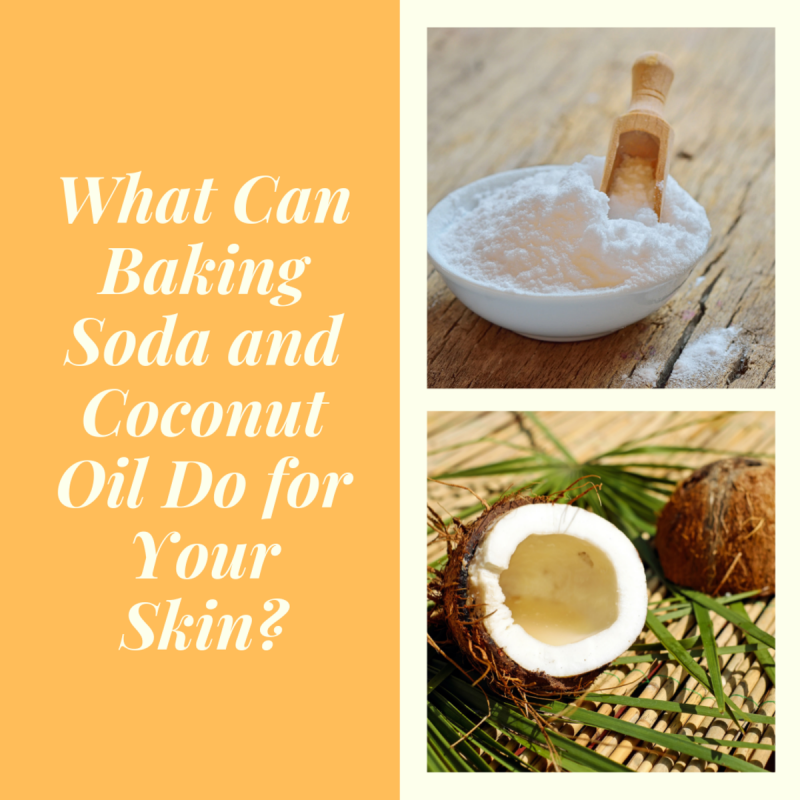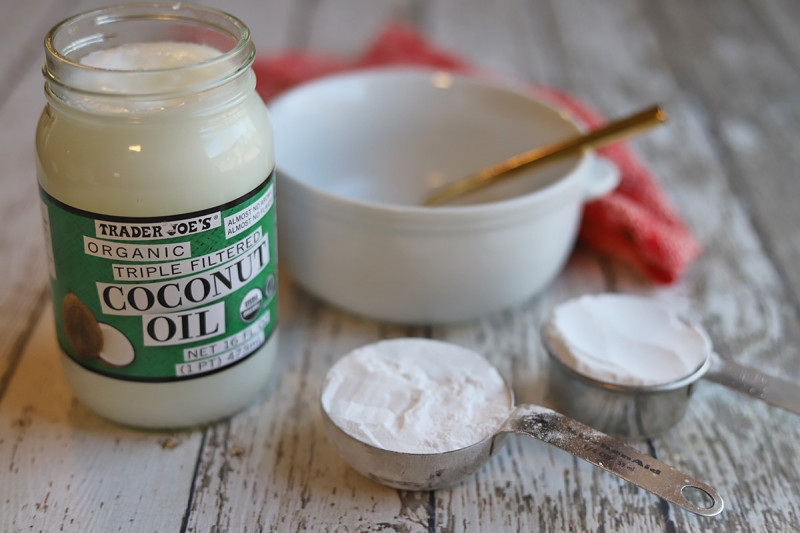Let’s Get Real About Sagging Skin: A Pro’s Guide to Getting Your Bounce Back
I’ve been a dermal therapist for a long, long time—over fifteen years now. And you know what? Almost every day, someone sits in my chair with the exact same worry. It always starts small. They catch a glimpse in the mirror and think, “Huh, my jawline looks… softer,” or the skin on their neck just doesn’t feel as snappy as it used to. If this is you, please know you’re not alone. This is a totally normal part of how our skin evolves.
In this article
My job isn’t to sell you on some fantasy of reversing time. Honestly, that’s just not how it works. My goal is to give you the straight-up, honest strategies that are grounded in real skin science and years of hands-on experience. The internet is a noisy place, filled with advice for weird kitchen concoctions and harsh scrubs that, trust me, can cause more problems than they solve.

Let’s clear up that confusion. Lasting improvements in your skin’s firmness come from understanding what’s really going on under the surface. We’ll dig into the science, explore the professional treatments I actually use on my clients, and talk about the at-home stuff that truly moves the needle. This is the same game plan I share with everyone who walks through my door.
So, Why Does Skin Lose Its Firmness Anyway?
To fix loose skin, you have to know how it’s built. I always tell my clients to imagine their skin’s deep layer—the dermis—as a brand-new mattress. Inside that mattress, you have two superstar fibers: collagen and elastin. Collagen provides the firm structure, like the mattress springs. Elastin gives it that amazing bounce-back, like the stretchy foam. When we’re younger, our bodies have these amazing little factories called fibroblasts that are just cranking out fresh, high-quality collagen and elastin 24/7.
But as time goes on, that factory slows its production. It’s a natural process. The fibroblasts get a little lazy, and collagen production starts to drop by about 1% every year after our early twenties. On top of that, the collagen we already have starts getting beat up by a few key culprits.

The Sneaky Sugar-Sag Connection
Okay, this is something I talk about with every single client. It’s a process called glycation. When you eat a lot of sugar or refined carbs, those sugar molecules can latch onto proteins in your body, and yes, that includes your precious collagen. This creates these nasty little things called Advanced Glycation End-products, or AGEs for short. Think of AGEs as rust on your mattress springs. They turn your once strong, flexible collagen fibers into something rigid, weak, and brittle. It’s a major, direct cause of sagging and wrinkles. Cutting back on sugary drinks and processed foods isn’t just a diet tip; it’s a foundational skincare rule.
Sun Damage: The Ultimate Collagen Wrecker
If sugar is the enemy from within, the sun is the big one from without. It’s wild—I can often tell which side of a person’s face gets more sun while they’re driving just by looking at the difference in skin laxity. UV rays dive deep into the dermis and act like tiny wrecking balls, literally smashing up your collagen and elastin. This is what experts call photoaging, and it’s behind the vast majority of visible aging signs.

This is why a broad-spectrum sunscreen with an SPF of 30 or higher is completely non-negotiable. Every. Single. Day. Rain or shine. It’s the most powerful thing you can do to protect the collagen you’ve still got.
Our Own Biology
And then, of course, there are the changes happening inside our own bodies. Hormonal shifts, particularly the drop in estrogen that happens around perimenopause and menopause, cause a pretty dramatic dip in collagen production. Some studies suggest women can lose up to a third of their skin’s collagen in the first few years after menopause. It’s a natural part of life, but knowing this helps us choose treatments that can give our skin the support it needs during these changes.
Professional Treatments That Genuinely Rebuild Collagen
While your daily routine is essential, truly waking up those sleepy collagen factories often requires a professional boost. These treatments work by creating a very controlled, targeted “injury” in the skin, which basically sends a memo to your fibroblasts telling them to get back to work. These are the heavy hitters in my practice.

Microneedling (My Go-To for Texture and Firmness)
Microneedling, also known as collagen induction therapy, is a cornerstone for rebuilding skin. It uses a special device with super-fine, sterile needles to create thousands of tiny, invisible channels in the skin. The body’s natural healing response kicks in, and it rushes to repair these micro-channels by building brand-new, healthy collagen and elastin. It’s brilliant.
- What it feels like: First off, don’t panic! Any good clinic will apply a strong topical numbing cream for about 30-45 minutes beforehand. Most clients describe the feeling as a slight vibration or like fine-grit sandpaper moving across the skin. It’s very tolerable.
- What to expect: Afterwards, you’ll be red, kind of like you got a mild sunburn, which usually fades within a day or two. But the real magic happens over time. Collagen remodeling is a slow and steady process, so you’ll start to see a change in texture and firmness in about four to six weeks. For a really meaningful result, you’ll need a series of at least three or four sessions, spaced about a month apart.
- Let’s talk money: An investment in professional microneedling is just that—an investment. Depending on where you live and the clinic’s expertise, a single session can run anywhere from $250 to over $700. So for a full series, you’re looking at a commitment.
- Heads up! Please, please avoid those at-home dermal rollers. They can cause infection, create tears in the skin from improper rolling, and even lead to scarring. This is one area where you absolutely want a trained professional with sterile, single-use equipment.

Radiofrequency (RF) for Deeper Tightening
RF is a fantastic non-invasive option that uses energy to gently heat the deeper layers of your skin. It’s my go-to for clients who are mainly concerned with that loss of firmness and mild sagging—think early jowling—but have pretty good skin texture otherwise. The heat does two things: it causes your existing collagen to contract for a subtle, immediate tightening effect, and more importantly, it stimulates your fibroblasts to create new collagen over the next few months.
- The experience: This treatment is actually really relaxing! Most people say it feels like a hot stone massage for your face. There’s zero downtime, which makes it a huge plus.
- The results and cost: The tightening effect is gradual and cumulative, building for two to three months after your last session. A series of six weekly or bi-weekly treatments is pretty standard. Price-wise, it’s often in a similar ballpark to microneedling, maybe $300 to $800 per session, depending on the technology and treatment area.

Targeted Chemical Peels
When people hear “chemical peel,” they often think of surface-level exfoliation. But certain professional-grade peels are formulated to go deeper, creating a healing response that also triggers collagen growth. This is a great option for someone who wants to tackle laxity but also has concerns like sun spots, fine lines, and a general lack of glow.
- Why pro-grade matters: The peels we use in a clinic are all about controlled delivery. It’s not just about the acid’s strength; it’s about the pH and formulation that ensure a predictable, safe result. This is NOT something to mess with at home with unregulated products from the internet.
- The cost factor: Peels can sometimes be a more budget-friendly entry into professional treatments, often starting around $150 to $400 for a facial peel, depending on the type and strength.
Your At-Home Firming Toolkit
Your daily routine is what protects your investment and keeps your skin strong for the long haul. Focus on these powerhouse ingredients.

The Gold Standard: Retinoids (Vitamin A)
If you’re serious about skin firmness, you need a retinoid. Period. They are scientifically proven to speed up cell turnover and kickstart collagen production. While prescription Tretinoin is the most potent, there are amazing over-the-counter options like retinol and retinaldehyde that are very effective.
For beginners, my advice is always to start low and go slow. Look for a gentle formula, maybe a 0.3% retinol, and use it only two nights a week at first. You can find fantastic options like the CeraVe Resurfacing Retinol Serum or The Ordinary’s Granactive Retinoid Emulsion for under $25 at places like Target or online.
Oh yeah, a quick tip for avoiding the dreaded irritation and flaking: use the “retinoid sandwich” method. It’s a game-changer. It’s super simple: on clean, dry skin, apply a thin layer of a basic, no-frills moisturizer. Wait a few minutes, then apply a pea-sized amount of your retinoid. Finish with another thin layer of that same moisturizer. This ‘sandwiches’ the powerful active between two gentle, hydrating layers, buffering its intensity without blocking its effectiveness.

The Supporting Cast: Vitamin C & Peptides
Think of Vitamin C as your retinoid’s daytime bodyguard. It’s a powerful antioxidant that helps protect your existing collagen from sun damage and pollution. Using a Vitamin C serum every morning before your sunscreen is a pro move.
And don’t sleep on peptides! They’re basically little messengers that signal your skin to produce more collagen. They work beautifully alongside retinoids and are a great, gentle addition to any firming routine.
How to Find a Pro You Can Actually Trust
Okay, so you’re ready for a professional treatment, but how do you find someone good? Start by searching for licensed estheticians, dermal therapists, or dermatologists in your area who specialize in skin rejuvenation. Check their reviews and, more importantly, look at their before-and-after photos—do they look natural and consistent?
The most crucial step is to book a consultation. This is your chance to ask questions and get a feel for their approach. A true professional will manage your expectations, explain the risks and benefits clearly, and create a custom plan for you. If someone promises you a miracle or pressures you into a package on the spot, walk away. Your face is worth finding the right partner for.

Inspiration:


Beyond a good moisturizer, a targeted serum is your daily ally against gravity. Look for these scientifically-backed power players on the ingredient list to ensure your product is actually working to support your skin’s structure:
- Peptides: Think of them as messengers. Specific types, like Matrixyl 3000 found in many formulations, signal your skin to produce more collagen, effectively reminding those ‘lazy’ fibroblasts to get back to work.
- Vitamin C (as L-Ascorbic Acid): This potent antioxidant not only protects existing collagen from damage but is also a crucial building block required for its synthesis. It’s non-negotiable for firm, bright skin.
- Growth Factors: These proteins communicate with your cells to repair and rejuvenate, boosting collagen and elastin for improved skin density and resilience.
Considering an at-home firming device? Two technologies dominate the market, but they work very differently to achieve a tighter appearance.
Microcurrent (e.g., NuFACE Trinity): This is essentially a workout for your facial muscles. It uses a low-level electrical current to stimulate and tone the muscles that lie just beneath the skin. The result is a more lifted, sculpted look, especially noticeable along the jawline and cheekbones. It’s great for immediate, though temporary, contouring.
Radiofrequency (e.g., NEWA or TriPollar STOP): This technology works deeper. It uses energy to gently heat the dermis, where collagen is produced. This controlled thermal effect stimulates new collagen and elastin production over time, leading to genuine improvements in skin density and a reduction in fine lines. The results are more gradual but focus on rebuilding the skin itself.










